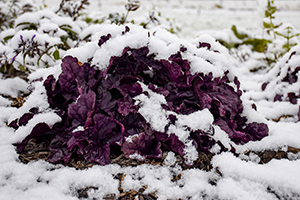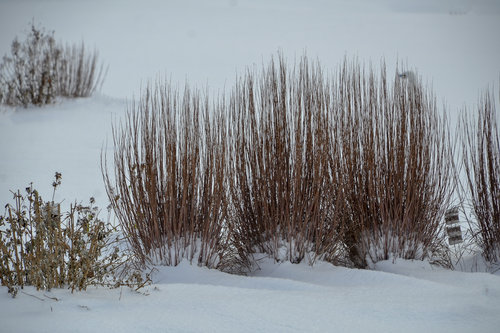Winter Gardening Ideas & Tips
No matter what the weather, there is always something to enjoy out in the garden during the winter months, if we remember to plan for winter interest. Here are a variety of ways to make your garden shine, even in winter.
People tend to focus on how their garden looks in spring, summer, and fall but don't put that same emphasis on the garden in winter. I am just as guilty of this as anyone. However, it is possible to add interest for the winter by utilizing plants that are also attractive at other times of the year. There are several types of winter gardens as well as several ways for plants to add winter interest.
| 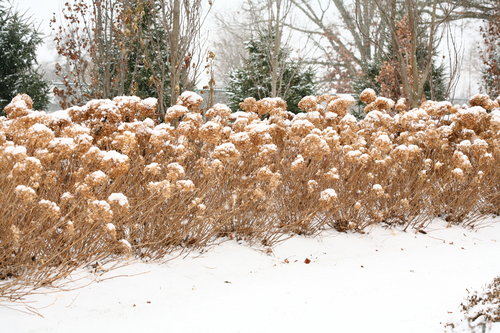 Incrediball® Smooth Hydrangea |
|
Types of Winter Gardens
There are four types of winter gardens, based largely on the winter climate in your area.
- First, are winter gardens in northern climates where there is consistent snow cover all season.
- Second are middle tier gardens where there is snow and ice throughout the season, but the landscape tends to alternate between snow covered and bare throughout the winter.
- The third type of winter garden is similar to the second type, but snow is rare and it is generally too cold to expect plants to grow in the winter - although pansies might do fine.
- The last type of winter garden is the sunbelt type garden where some plants can be kept growing and blooming through the season.
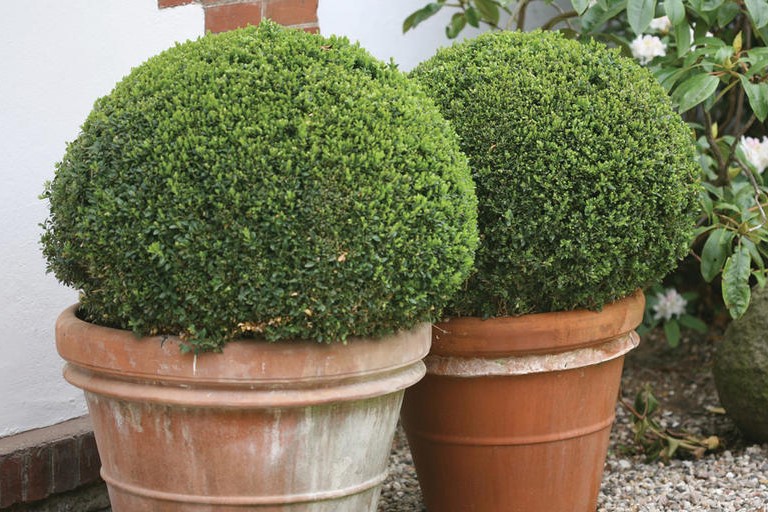 | 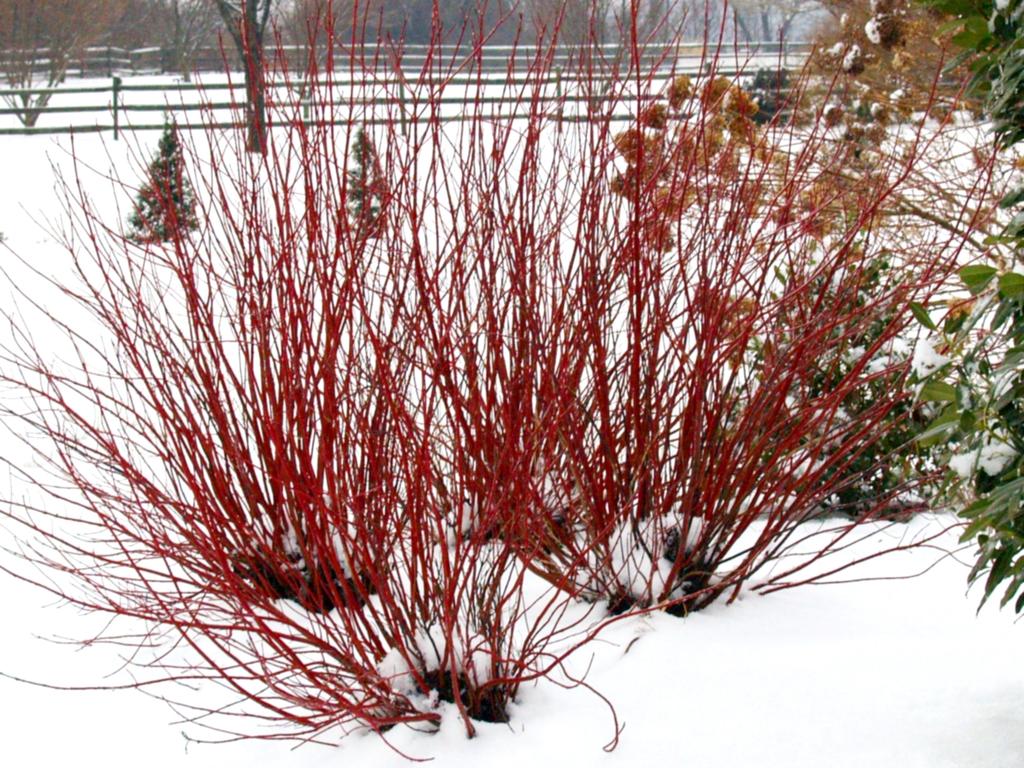 | 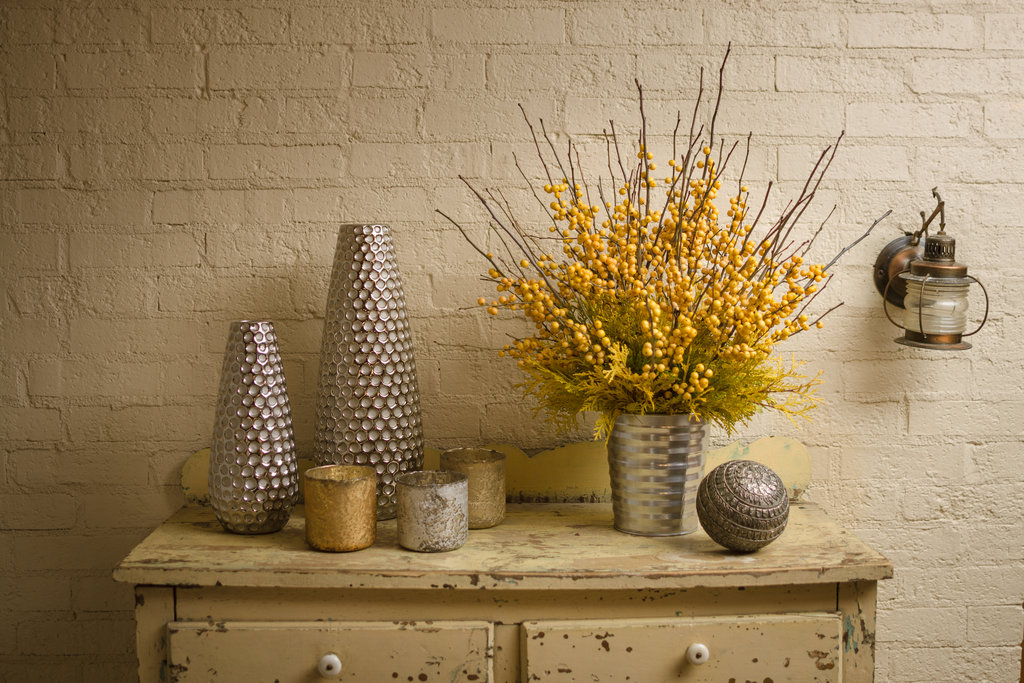 |
EvergreensEvergreen trees and shrubs are what most people think of when they consider plants for winter interest. Evergreens are often considered the backbone of the garden. They are a presence in the garden day-in and day-out not to mention year-in and year-out. Related: 24 Best Evergreen Shrubs Evergreens tend to be a long-term investment and placing them correctly is one of the best things you can do for your garden. It may be worth having a professional help you place the plants correctly in the landscape for best impact. Evergreens are great choices to add winter impact in all types of winter gardens. Another way to use evergreens is in large pots. These plants can be moved, as needed and are great accent plants for entries, decks and patios. As with any perennial type plant in a pot, you will need to make sure the plant is at least two zones hardier than the zone within which you live to ensure survival for the winter. The interest from evergreens comes in the form of color (blues and greens mostly), texture and form. They can work great as a backdrop for other plants with winter interest. While evergreens are certainly a great place to start, they aren't the only way to add interest for the winter months. |  Soft Serve® False Cypress |
Interesting BarkTrees and shrubs can also show-off colored, patterned or textured bark in winter. Impactful plants with interesting bark are usually deciduous, meaning they lose their leaves in winter, which allows the bark to be showcased after the leaves have fallen. The colored bark of Red-Osier Dogwoods like Arctic Fire™ is one example of a plant with interesting bark. Interesting bark has many of the same attributes as evergreen plants. It has presence day-in and day-out, as well as year-in and year-out. Most plants with interesting bark are long-term investments and care should be taken when placing them in the landscape. Growing Guide: Red Twig Dogwood Plants with interesting bark can be quite variable, from large trees, like paperbark maple, that become a focal point to smaller shrubs, like dogwood, that add impact when they are poking out of the snow or showcased against a backdrop. Interesting bark is usually most effective in winter climates with persistent snow. However, interesting bark can also work great in winter gardens where it can be contrasted against evergreens, walls or fences. | 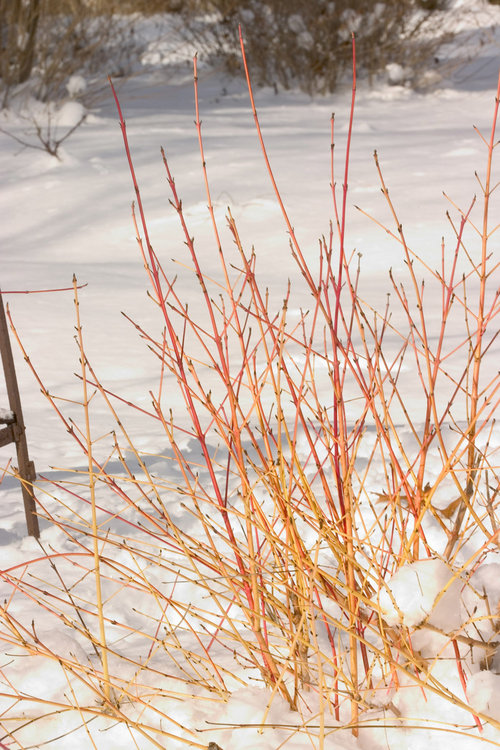 Arctic Sun® Dogwood Arctic Sun® Dogwood |
Berries and FlowersBerries are another of the main ways to add winter interest in all climates. Hollies are probably the classic winter berry bearing shrub. What could be more Christmas than holly berries? I've also found that the birds rather enjoy the holly berries. Keep in mind to get good berry set with most hollies, you will need to plant one male pollinator for every five berry-bearing female plants. Related: Winterberry Holly Brightens the Winter Landscape Some hollies are evergreen and some are deciduous. The berries will be most visible on deciduous hollies, but are quite impressive on the evergreen version as well. Viburnum and Coral Berry are two other top choices for berry-bearing shrubs. Shrubs that have winter berries will add interest in all kinds of winter climates and help support wildlife, too. There are few plants that will flower in the winter in most areas of the country. Pansies and Violas will have the widest flowering range, although Witch Hazel (Hamamelis) and Hellebores (Helleborus) will provide blooms in climates as cold as zone 5 and in some cases zone 4. For those in the sunbelt or in other very mild winter climates, plants like Nemesia, Pansies, Osteospermum, Chrysocephalum and Snapdragon will bloom all winter. |  Berry Poppins® Winterberry |
Winter Gardening Resources: |
Persistent Foliage, Seed Heads and Seed PodsMany plants turn brown and dry as fall progresses, but some plants can look quite nice through the winter. The dried flowers or seeds of ornamental grasses and shrubs like hydrangeas look pretty with a fresh coating of snow on top. Some perennials also have showy dried flower heads, such as fall flowering sedum. Dried seed heads, flowers and foliage look best in gardens with persistent snow coverage in winter, but will also work in any garden where you can contrast them against a backdrop. | 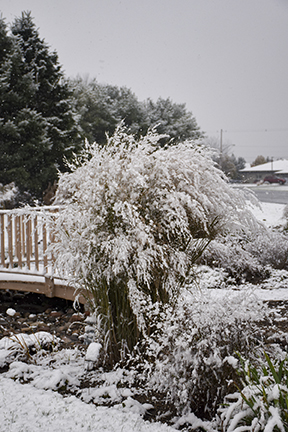 Switch Grass |
Paint, Statuary and PotteryPlants aren't the only way to add winter interest to your garden. Adding a coat of brightly colored paint to a wooden fence or wall can be a quick and inexpensive way to add color to your garden. Architecturally beautiful benches, arbors, statues or frost-tolerant containers can all add interest to the garden in winter. Paint and garden art, work to jazz up the garden any time of year. | 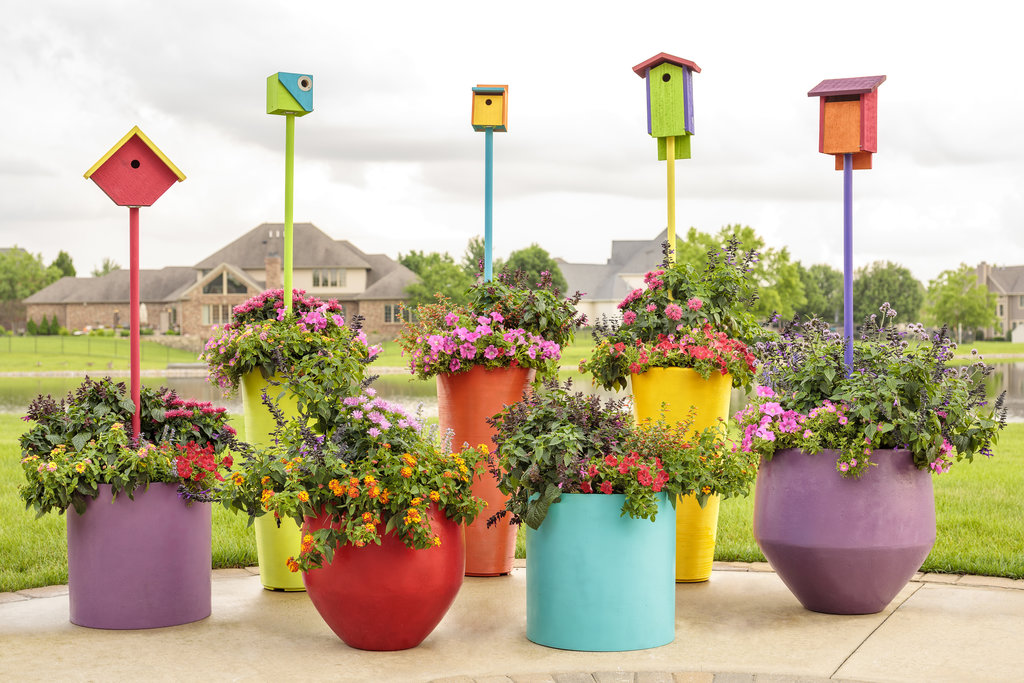 |
Where to find gardening ideas this winterWinter is the ideal time to do some research, learn more about current gardening topics, and find solutions for problem areas in your landscape.
|  |
Go further:
- Explore this Pinterest Board of Plants with Winter Interest
- Watch this Video highlighting Berry-filled plants for Beautiful Winter Landscapes.
- Will My Salvia Survive Winter?



